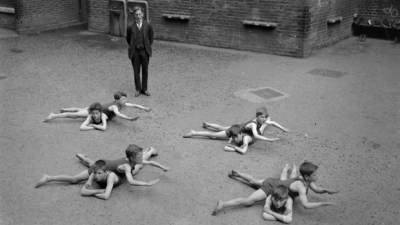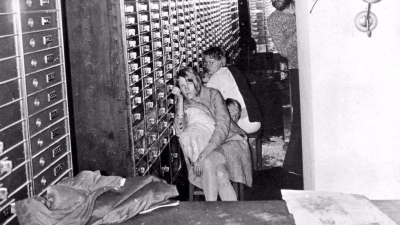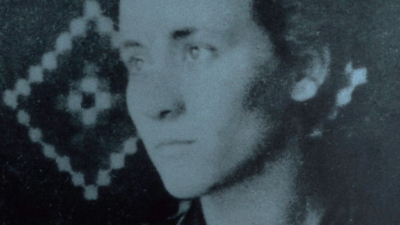Wolfgang Amadeus Mozart's Quintet for Clarinet and Strings, K. 581, was written in 1789 for the clarinetist Anton Stadler. A clarinet quintet is a work for one clarinet and a string quartet (two violins, a viola and a cello). Although originally written for basset clarinet, it is almost always played on a clarinet in A or B-flat. It was Mozart's only completed clarinet quintet, and is one of the earliest and best-known works written especially for the instrument. It remains exceptionally popular today due to its lyrical melodies, with the second movement the best known. A fragment of score exists for a second (though possibly written first) clarinet quintet in B-flat, of which a complete exposition survives. It is possible that Mozart completed the movement, as the score continues into the development section on the last surviving page. This fragment is unlikely to be a sketch, as it bears no marks of correction. Nevertheless, the A major quintet is Mozart's sole surviving complete work for clarinet quintet.
The composer indicated that the work was finished on 29 September 1789. This quintet is sometimes referred to as the Stadler Quintet; Mozart so described it in a letter of April 1790. It consists of four movements:
1. Allegro, 4/4
2. Larghetto, 3/4 in D major
3. Menuetto — Trio I — Trio II, 3/4 (Trio I in A minor)
4. Allegretto con Variazioni, 2/2
There are a number of similarities between this quintet and Mozart's Clarinet Concerto. Both are in the same key of A major and were written for the same soloist, Anton Stadler. Both pieces are written for the basset clarinet which has an extended lower range. Also, the first theme of the first movement of each piece begins with a falling minor third. Both the second movements are in the same key (D major) and have similar characters, although they have different tempo markings. There is a direct quotation of two bars in the clarinet line in the second movement of the Concerto of that in the Quintet.
Mozart also wrote a trio for clarinet, viola and piano for Stadler, the so-called Kegelstatt Trio, in 1786.
Alfred Einstein (Mozart: His Character and Work, page 194) notes that while the clarinet "predominates as primus inter pares" (first amongst equals) this is nonetheless "chamber music work of the finest kind" and the roles are distributed more equally than they would be in a more concertante quintet for wind and strings.
Along with his Clarinet Concerto, Mozart's Clarinet Quintet is considered one of Pope Benedict XVI's favorite works of music. The Quintet was famously used in "Goodbye, Farewell and Amen", the final episode of the television series M*A*S*H. A subplot of the episode has one of the main characters, Major Charles Winchester, teaching the piece to a group of Chinese prisoners of war.
The composer indicated that the work was finished on 29 September 1789. This quintet is sometimes referred to as the Stadler Quintet; Mozart so described it in a letter of April 1790. It consists of four movements:
1. Allegro, 4/4
2. Larghetto, 3/4 in D major
3. Menuetto — Trio I — Trio II, 3/4 (Trio I in A minor)
4. Allegretto con Variazioni, 2/2
There are a number of similarities between this quintet and Mozart's Clarinet Concerto. Both are in the same key of A major and were written for the same soloist, Anton Stadler. Both pieces are written for the basset clarinet which has an extended lower range. Also, the first theme of the first movement of each piece begins with a falling minor third. Both the second movements are in the same key (D major) and have similar characters, although they have different tempo markings. There is a direct quotation of two bars in the clarinet line in the second movement of the Concerto of that in the Quintet.
Mozart also wrote a trio for clarinet, viola and piano for Stadler, the so-called Kegelstatt Trio, in 1786.
Alfred Einstein (Mozart: His Character and Work, page 194) notes that while the clarinet "predominates as primus inter pares" (first amongst equals) this is nonetheless "chamber music work of the finest kind" and the roles are distributed more equally than they would be in a more concertante quintet for wind and strings.
Along with his Clarinet Concerto, Mozart's Clarinet Quintet is considered one of Pope Benedict XVI's favorite works of music. The Quintet was famously used in "Goodbye, Farewell and Amen", the final episode of the television series M*A*S*H. A subplot of the episode has one of the main characters, Major Charles Winchester, teaching the piece to a group of Chinese prisoners of war.







